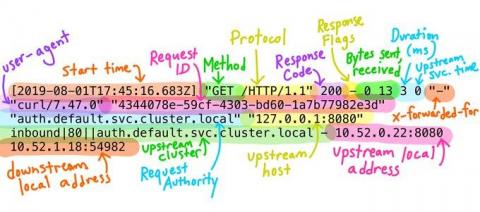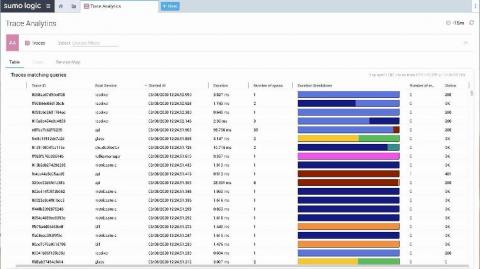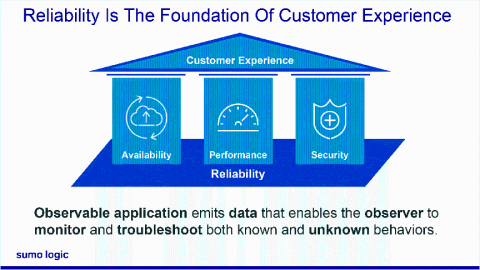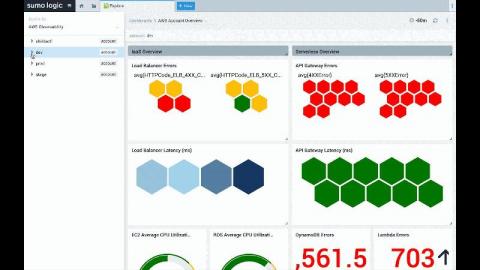Leveraging logs to better secure cloud-native applications
With the growing popularity of cloud computing, security incidents related to it have been on the rise. Logs are indispensable resources for countering these threats, and they can be utilized for alerting, taking remedial action, and even preventing future attacks. In this post, we will examine ways to better secure cloud-native applications using logs.








